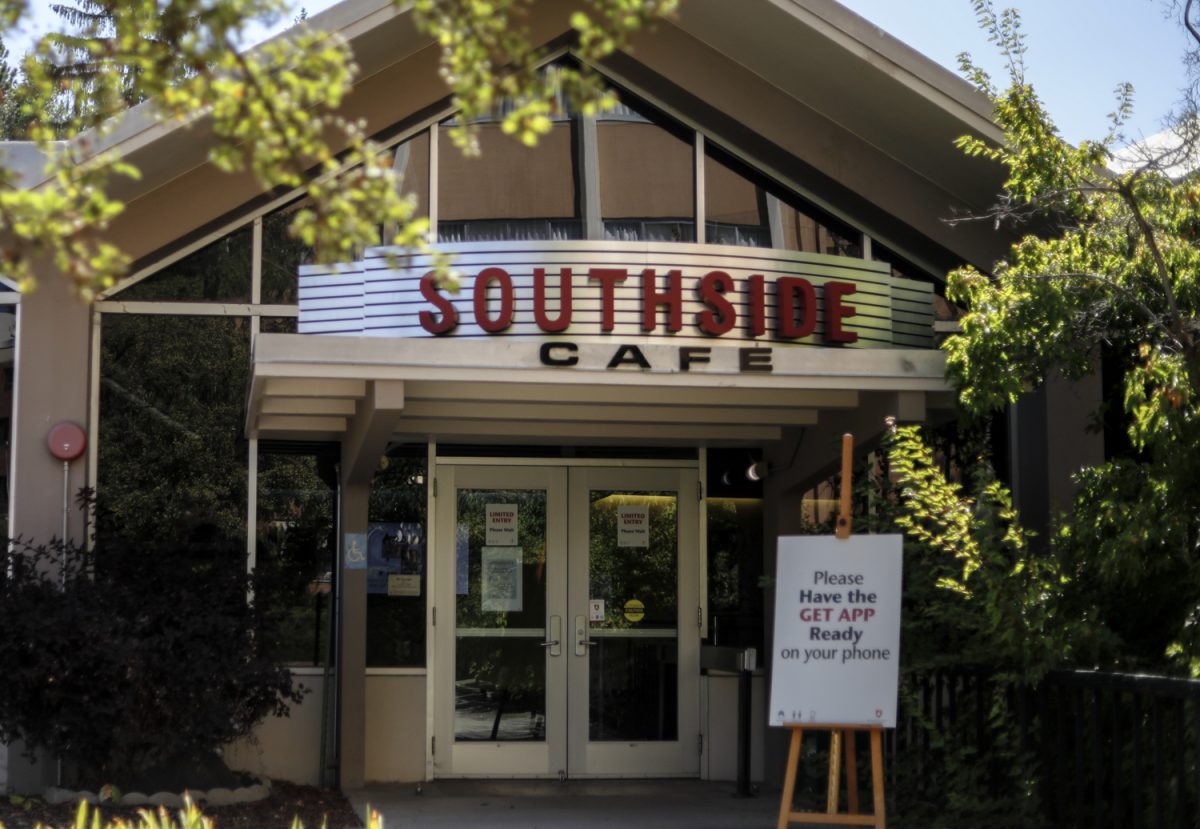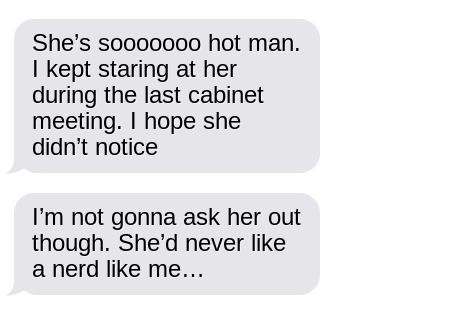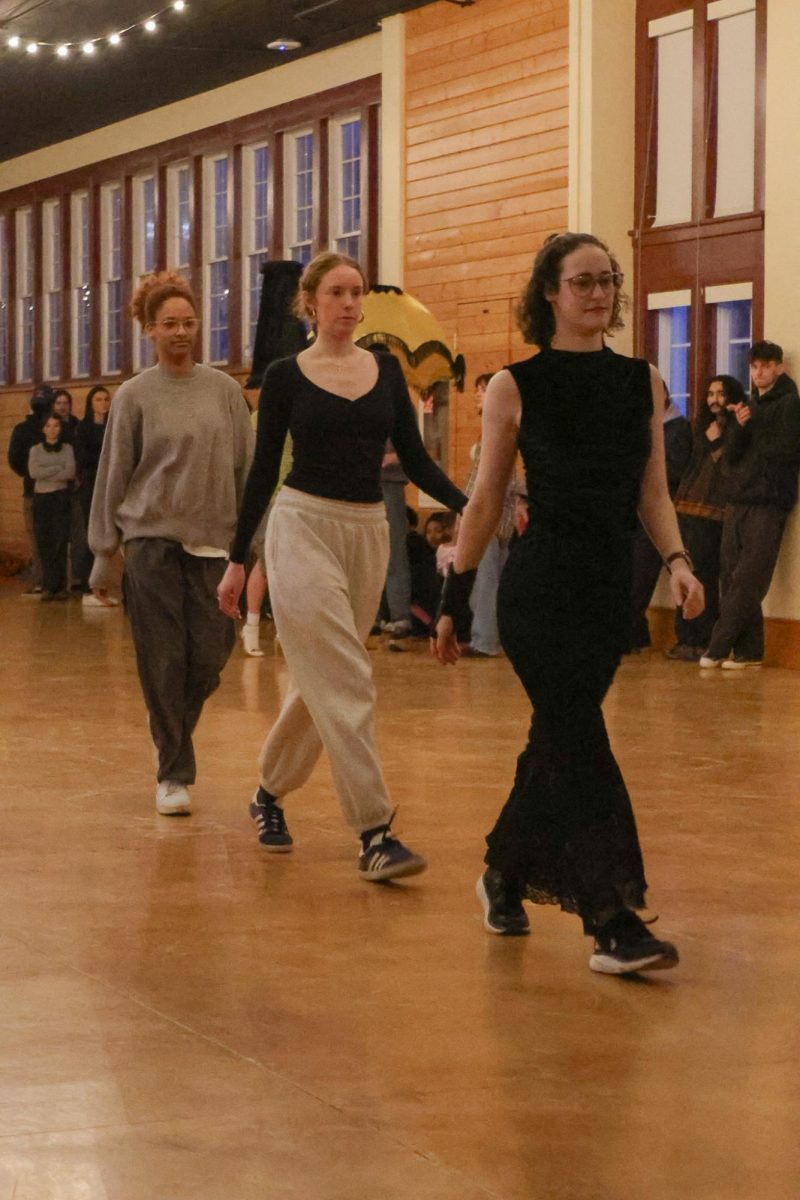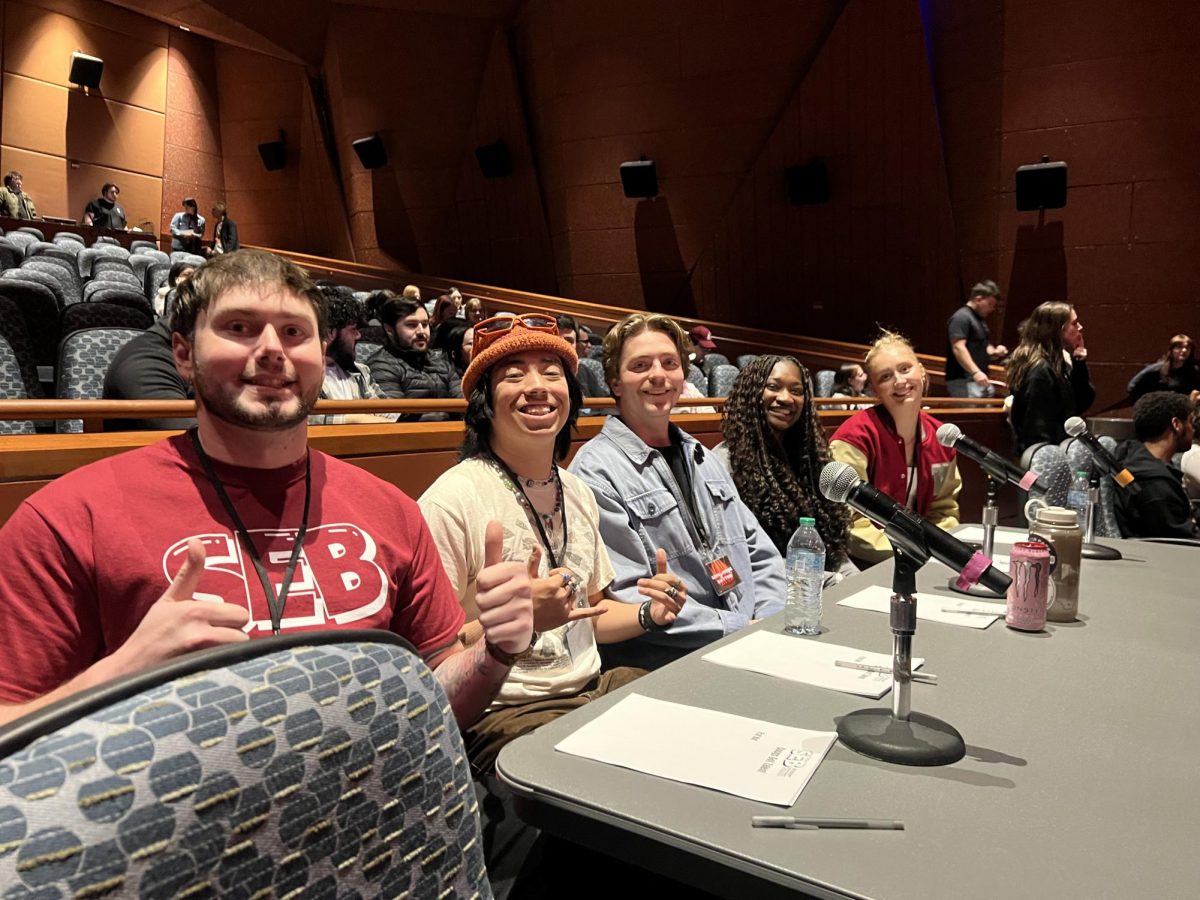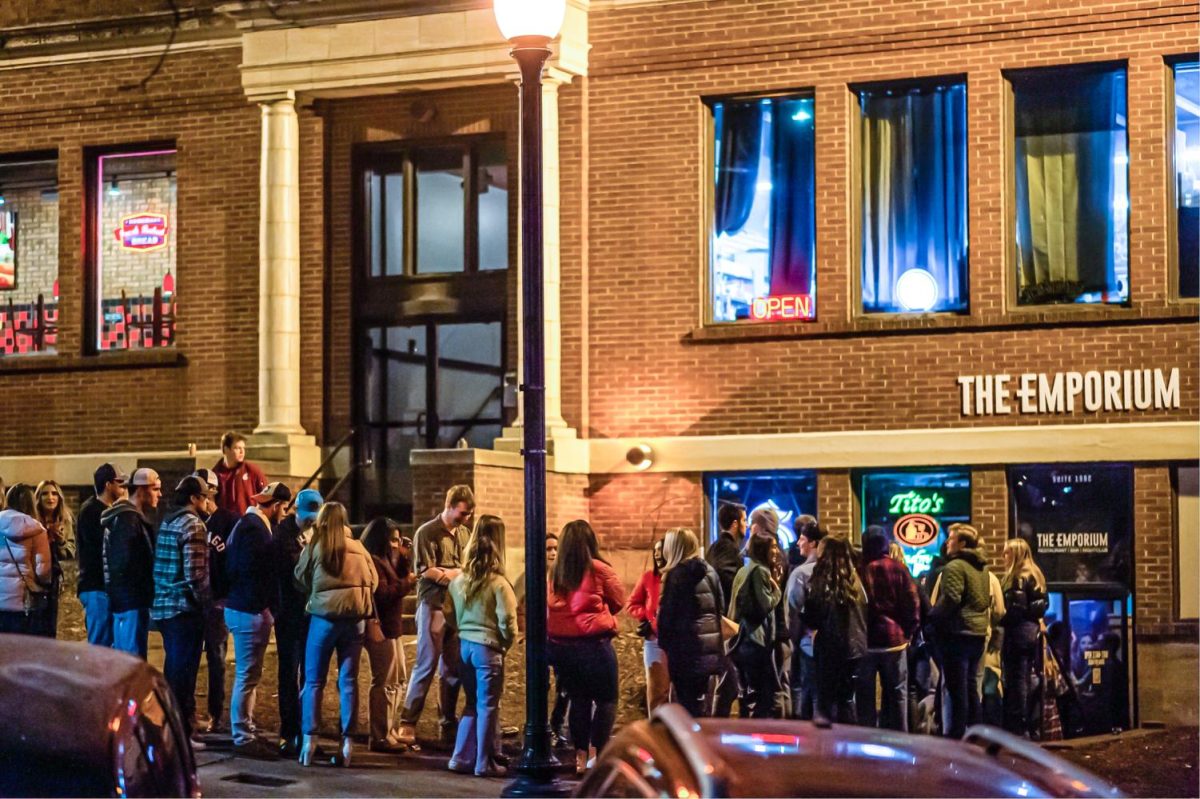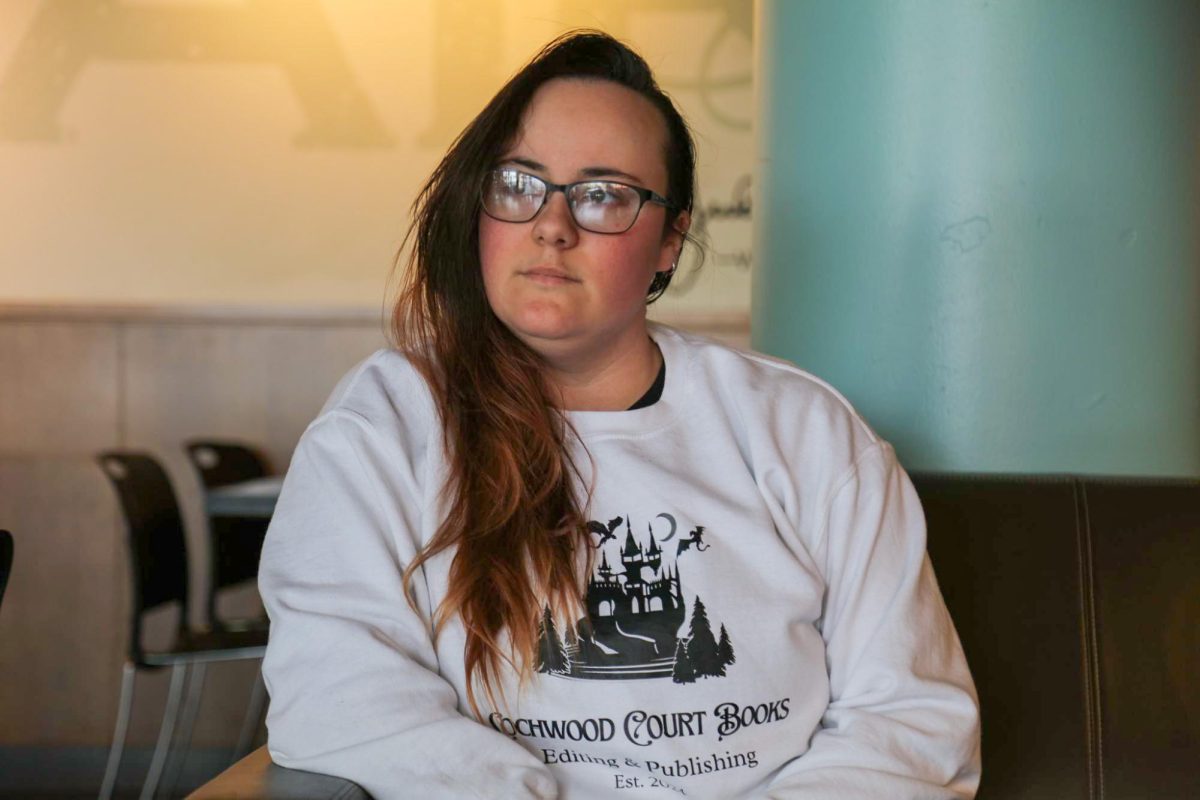As many Pullman locals and students know, construction has been underway next to Southside Café at the corner of Stadium Way and Nevada Street for the last couple of months. Kruegel Hall, which was demolished due to its asbestos-ridden state, has opened space for creativity and student opportunities.
John Conlan, a third-year environmental science major, proposed developing a park in the area. Conlan referenced notable college landmarks like the University of Washington’s cherry blossoms and the University of Idaho’s arboretum and said WSU lacks scenic spaces.
Conlan said implementing a park with green spaces will help students’ mental health, boost admission rates and improve student satisfaction. The location, surrounded by dorms, is at the forefront of the main entrance to campus.
“Those from off campus will see it. It’ll be a part of Pullman,” Conlan said.
With expansion and construction occurring across campus, few areas remain to reflect the beauty of Pullman and the Palouse. Instead of new buildings or a parking lot, Conlan proposed the university create a space for students to enjoy the scenery. He said a park would not only add a green landscape but also serve as an ecological and educational area.
Conlan said the park could provide a space for the WSU Children’s Center, allowing daycare students to have a nearby field trip location.
Beyond a space for the community and students, the park would support research at WSU. Conlan said he is seeking student landscape designers to help bring his and others’ visions to life. He hopes to work closely with College Hill, WSU and the Phoenix Conservancy to turn the idea into reality.
“We don’t have any major proper park and that’s kind of my main inspiration. I kind of want to see something we have,” Conlan said. “Since the Palouse Prairie is something that is part of Pullman’s region and area’s history, that is my inspiration—to make it something native. It’s beneficial for the environment of the region, but it showcases the history of the area as well. You can also showcase the history of Pullman and Wazzu.”
Due to agricultural changes, prairies in the Palouse are disappearing. Less than 2% of the Palouse’s original habitat remains, Conlan said. The region was once a vast prairie with native flowers, trees, shrubs and wildlife. Today, Kamiak Butte, Steptoe Butte and small prairie pockets are some of the few places where remnants of the Palouse’s natural habitat can be found.
Conlan said he envisions a native prairie park that fosters community and nature. He says native plants are tolerant and resistant to pesticides. Given the amount of herbicides, insecticides and foot traffic on campus, he believes planting species like native wildflowers would be beneficial. Pollinators such as birds and bumblebees would thrive, supporting research for entomology and botany majors.
Conlan said he plans to start a petition to gather support from WSU students and the community for his park development idea.


